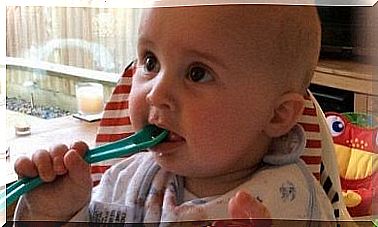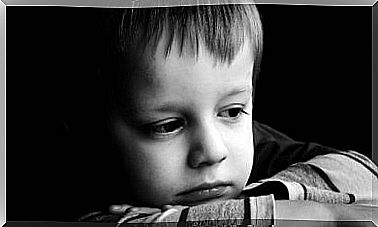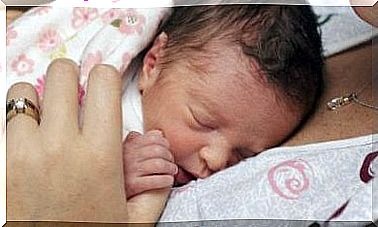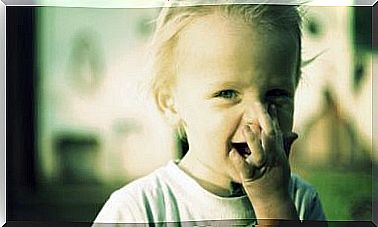Growth Hormone Deficiency In Children – You Are Parents
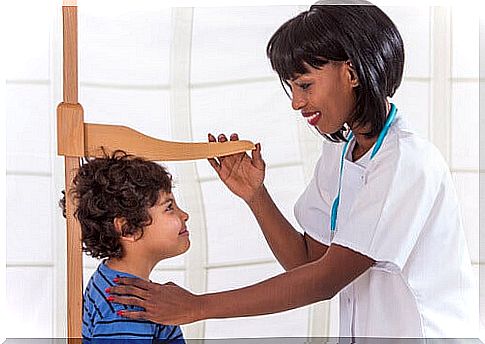
Growth hormone deficiency or DHC is a rare disorder of childhood. It is caused by a poor production of this substance by the pituitary gland, located in the posterior base of the brain.
It can be caused by brain damage, the presence of a tumor, or receiving some type of radiation in the head. There are also other diseases capable of producing DHC.
This pathology is not hereditary. In many cases, the cause of this disease is unknown. There are even children who suffer from it from birth. In addition, we have seen that there may be a relationship of this deficit with congenital malformations, such as the case of cleft lip and cleft palate.
The deficiency of the mentioned hormone could be related to an insufficient presence of other hormones, such as corticotropin, gonadotropins, thyrotropins and avopesin. These hormones regulate important biological processes.
The continuous pediatric medical check-up allows the rapid detection of growth hormone deficiency so that the appropriate clinical measures can be taken. Parents or guardians of the child should be alert to the warning signs. In this way, they will have an accurate diagnosis to deal with this anomaly at the appropriate time.
Possible signs of DHC in children
The most obvious sign of suspected DHC is the small size of the child compared to other children of the same age. Slow growth is noticeable in the size of the face and extremities, as well as in a body, which has a more robust appearance.
In addition, there is little muscle development and very small penises in males. Glucose is deficient in the blood and delays the onset of puberty.
On the other hand, we must also observe the self-esteem of the child, who may feel physically different from his peers and, therefore, more vulnerable.
In the event of renal pyelectasis in babies, the pediatrician should advise on the procedure to be followed.
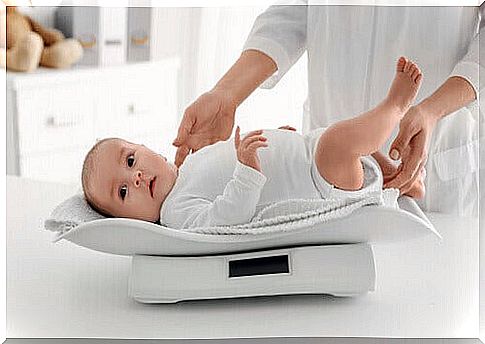
DHC detection
Periodic medical check-ups include monitoring the child’s growth curve in a comparison chart. It is in this type of analysis that a deficiency in this direction can be detected.
One of the first studies that is done to the child when in doubt is an x-ray of the hand. The image taken by the x-ray will reveal the bone age and the growth rate of the child’s body. Another study that can determine a person’s bone age is dual energy radioabsorciometry.
Most likely, the doctor will order a blood test to find out what the level of IGF or insulin growth factor type 1 is.
One way to detect the disorder is to induce the production of growth hormone by drugs that stimulate the pituitary gland. Once administered, we proceed to the evaluation of the bodily response.
Other endocrine assays include determining the production of gonadotropin releasing hormone.
Finally, an MRI of the brain can be done. With this, we try to assess the normality of the gland that produces the hormone or the presence of another pathology causing the disorder.
Clinical treatment of growth hormone deficiency
The treatment to overcome the growth deficit of the hormonal cause consists of the prescription of a drug. It is a synthetic version of the hormone given by injections under the skin. The doctor will determine the dose, frequency and duration of the medication. Treatment could last until adulthood.
With DHC, the child grows less than 5 centimeters per year. However, with proper treatment, it can grow 25 centimeters in a year. This is a great result when compared with the side effects that can occur, which are usually mild or moderate.
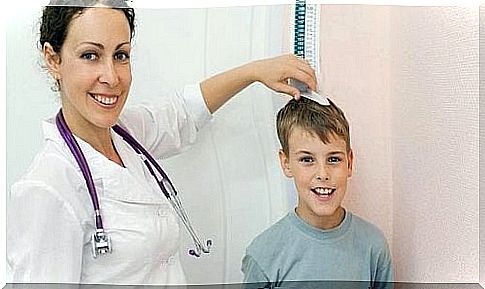
Some of these effects are:
- Breast enlargement in boys
- Scoliosis
- Muscle and joint pain
- Inflammation of the upper and lower limbs (hands and feet)
- Headache
- Mild hypothyroidism
Serious side effects are rare and infrequent. Very rarely, for example, headaches with impaired vision, pancreatitis or hip bone problems are seen.
What will ensure that treatment of the deficit will produce the desired results is the timely diagnosis. In this way, the child suffering from this deficit will be able to reach an optimal development of his body and a normal height in adulthood.

